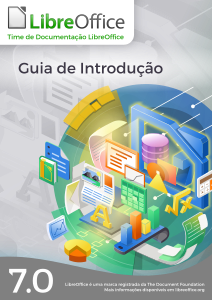LibreOffice Base Guide – now in Czech
The blog of The Document Foundation, the organisation behind the free and open source LibreOffice productivity suite, reports that the user guide for Base, the suite’s database development and administration tool for relational database management systems has now been translated into Czech.
Czech LibreOffice community member Zdeněk Crhonek (aka “raal”) writes as follows:
The Czech team translated the LibreOffice Base Guide 7.3 – and it’s now available on the documentation page. Our team consists of three translators: Petr Kuběj, Radomír Strnad and Zdeněk Crhonek, along with localized screenshot maker Roman Toman, and Miloš Šrámek, who prepared machine translations.
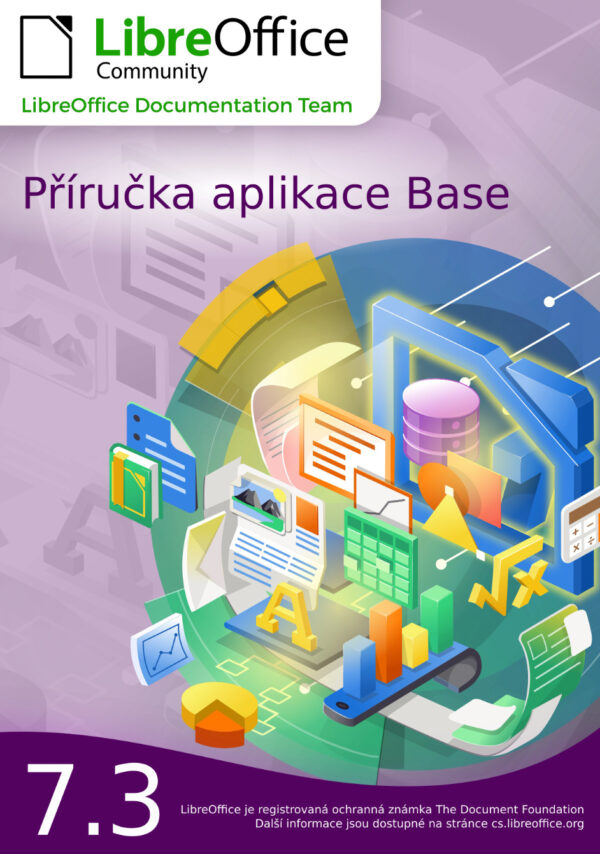
Learn more about or join the LibreOffice Documentation project.

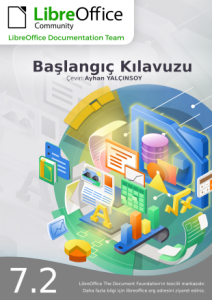

 Klingon is of course well known to lovers of the US science fiction Star Trek media franchise created by Gene Roddenberry as the language of the alien race of the same name and created by US linguist
Klingon is of course well known to lovers of the US science fiction Star Trek media franchise created by Gene Roddenberry as the language of the alien race of the same name and created by US linguist 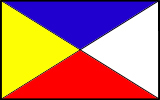 Interslavic is a pan-Slavic auxiliary language whose purpose is to facilitate communication between people from different Slavic nations, as well as allowing those who do not know any Slavic language to communicate with Slavs by being understandable to most, if not all Slavic speakers without them having to learn the language themselves.
Interslavic is a pan-Slavic auxiliary language whose purpose is to facilitate communication between people from different Slavic nations, as well as allowing those who do not know any Slavic language to communicate with Slavs by being understandable to most, if not all Slavic speakers without them having to learn the language themselves. This year’s LibreOffice Conference will open at noon CEST on 23rd September and will conclude at 5:30p.m. CEST on 25th September.
This year’s LibreOffice Conference will open at noon CEST on 23rd September and will conclude at 5:30p.m. CEST on 25th September.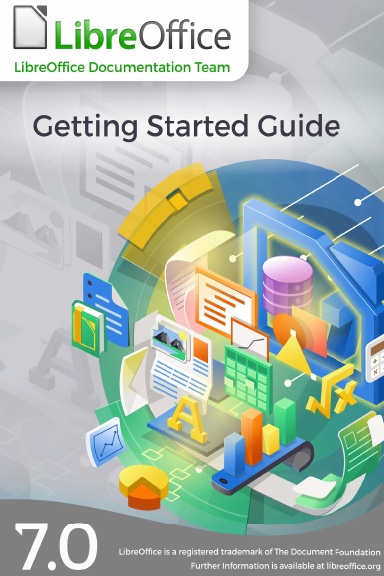
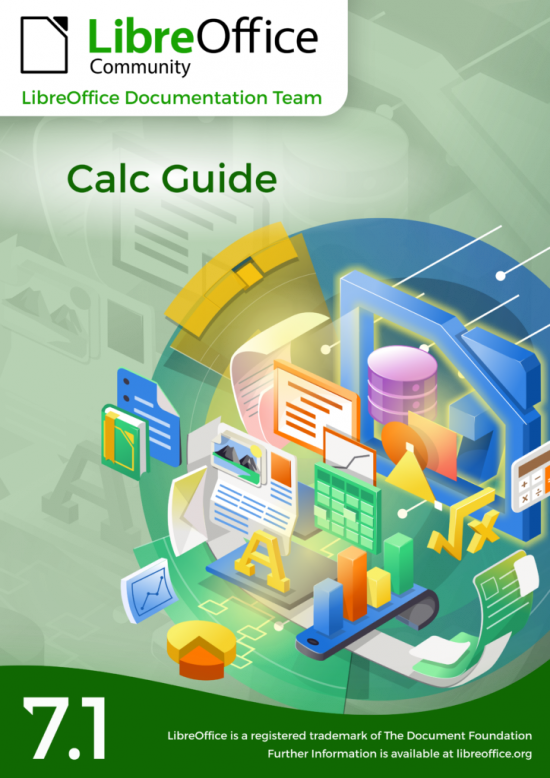
 For commerical deployments, TDF strongly recommends
For commerical deployments, TDF strongly recommends 